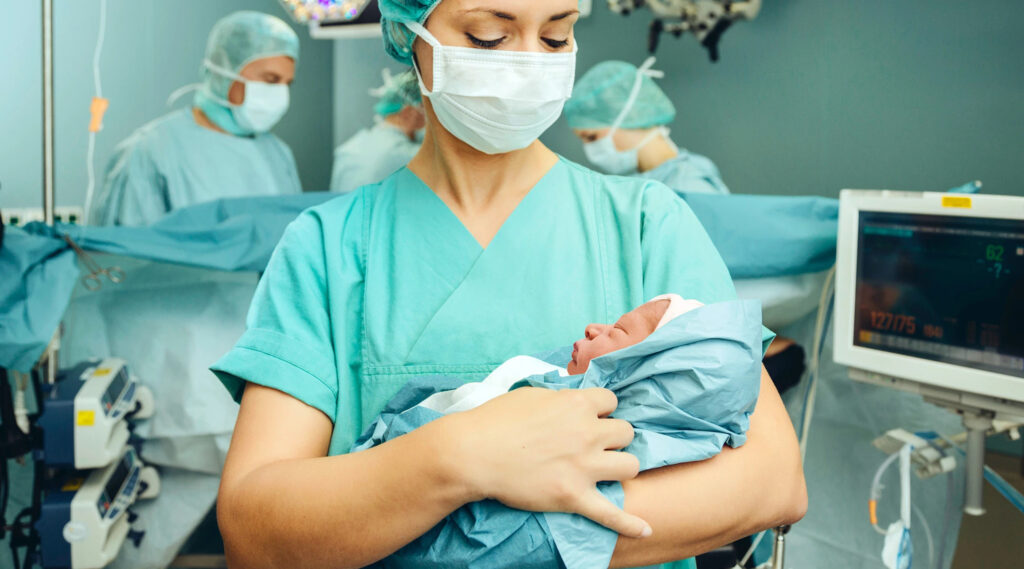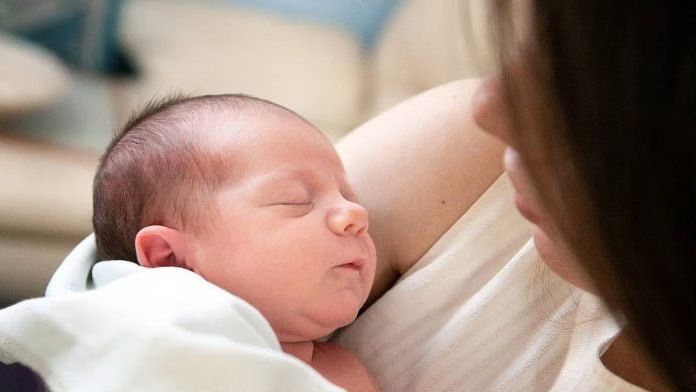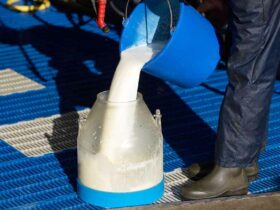United States: Around one in every three births in the United States are C-sections, as per the latest data, which is 10 to 15 percent above the “ideal” threshold made by the World Health Organization (WHO).
CDC data reveals a rise in total cases
According to the temporary CDC-released data, on a national level, the C-section delivery rate has increased to 32.4 percent from 32.1 percent in 2023 and 2022, respectively.
Moreover, the CDC also revealed that the latest figures are the highest since 2013 and the fourth highest rise after a general decline was observed from 2009 to 2019.
In 2013, the low number of C-sections for women having their first full-term delivery with head-first singletons was 26.3 percent. The C-section rate increased by 0.3 percent in 2023 over 2022 to become the highest since 2013.

An upward arrow in the rate of C-sections isn’t always telling that the number of unessential procedures has risen; there are also other reasons that may cause it to go up, experts explained.
Reasons for the rise – Experts
As conditions such as gestational diabetes and hypertensive disorders in pregnancy progress in increasing frequencies, there could be more calls for deliveries by section, the OB-GYN and assistant professor at the University of Rochester, Jane van Dis, pointed out.
Van Dis said, according to her understanding, the increase in those conditions is because of “environmental exposure,” and thus, reasons for the rising use of plastics.
Moreover, according to Emily Oster, economist and author of “The Unexpected,” her book about navigating pregnancy complications, “If you have already had a C-section, you will almost always be offered — and indeed the default is likely to be — a second,” as axios.com reported.
Know the role of hospital politics
According to Van Dis, there might also be some role in hospital politics. Moreover, to explain it further, he explained by taking as an example that there are cases when doctors seem to be more favorable for C-sections, as that would be less likely to cause a medical malpractice lawsuit.
Oster added that reimbursing the healthcare system for C-sections is normally higher when compared to the vaginal births. He said, “Financial incentives almost always play some role,” as axios.com reported.
Concerns associated with C-section
According to Oster, the “biggest consideration” with having a C-section is “future fertility,” as it often leads to rising risk of health complications in later pregnancies.
He added, overall, a C-section “is an absolutely safe method of childbirth that should be available, and it should not be the first choice.”











Leave a Reply